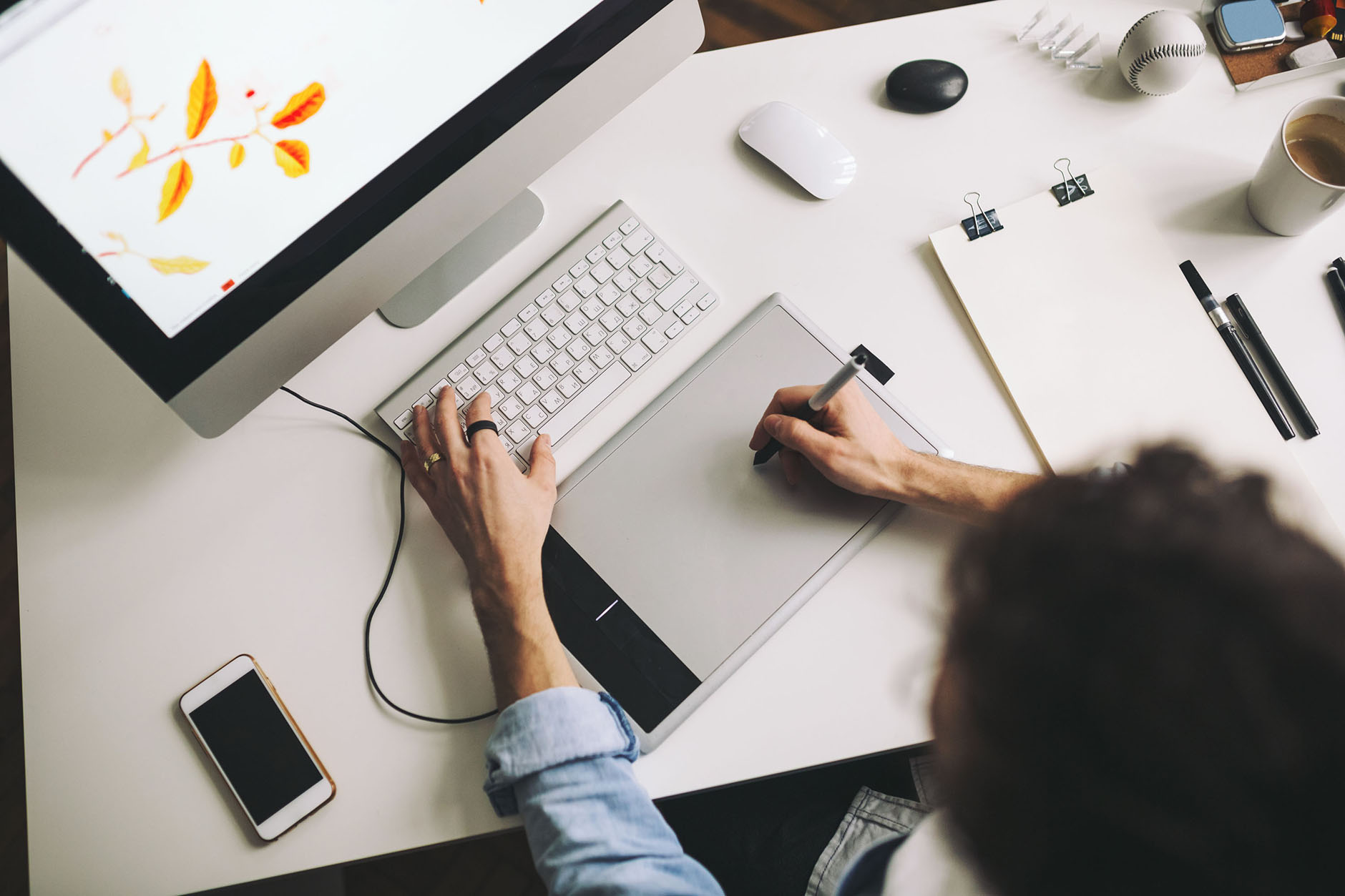Both Malaysian entrepreneurs and the general public can learn the basics of the design process in order to better understand the soul and feelings of the designer.
Design is not a new field in Malaysia. It has been established for a long time, but the industry is still small compared to developed countries. However, the Malaysian design industry can be proud because we already have a culture rich in various design arts. Because the teaching of design techniques is now in line with modern times, the latest design process is easier and simpler to understand by many parties.
When it comes to design, many of us see logos, brochures and graphics. However, did you know that everything around us is designed for a specific purpose? Before a design can be completed, every project that involves design needs to go through a certain process. Only then will you get the best results. Each step in the design process will facilitate the next step.
Let’s Get Started!
Step 1: The Brief
This brief means the collection of all information from Malaysian entrepreneurs or clients about the product, target users and specifications of the work. From the beginning of the project there will be a project manager who monitors everything including communicating the status of the project to the client.
Step 2: Market Research
Well, this does not involve answering questions. No, this is where the designer’s job begins to study all the information obtained from the project manager. Love the story, want to digest the Brief and gather as much information from any source as possible and study the client’s needs.
Step 3: Moodboarding
Not skateboarding. It’s not just riding the board according to the mood. This moodboard is a space where we put any source of images, colours, layouts and letterforms in one place. The purpose, to get a clearer visual direction for the next step.
Step 4: Brainstorming Session
In this brainstorm session, the designer together with the project manager and some other thinkers will share ideas. Although there is already a brief, this session is important so that the client’s wishes are clearly in line with the designer’s inspiration. People just say, tastes are linked.
Freedom of Creativity
Step 5: Thumbnailing
At this stage, the design that is awaited in visual form begins to be produced. The designer also has the freedom to produce some design options according to his taste.
Step 6: Concept Development
Earlier the designer can freely produce whatever design they desire. Now, every design option that is completed will be examined with the project manager or senior designer whether a design can be continued or not.
Step 7: Visual Exploration
Journey into the visual world? No, far from it. This step means a visual that closely resembles the client’s wishes. For example, if the client is a Malaysian entrepreneur who applies for the design of a chip jar, at this point the design arranged together with the image and logo starts to look like a product label.
Step 8: Refining the Concept
There was concept development, right? When it has been developed and arranged to resemble the client’s wishes, we reach the stage of refining the design concept. Here, all important information about the product will be included in the design by the designer.
Next Meeting
Step 9: Customer Feedback
At this step, the project manager will meet with the client to get feedback on the overall design. Every comment from the client needs to be recorded and explained so that the correct comment can be comply by all parties.
Step 10: Correction/Amendment
After getting the customer’s comments and feedback, the project manager will again sit down with the designer on what needs to be improvised. Preferably at this stage, the correction or improvement of the design needs to be observed by the project manager so that it is in line with the client’s request.
Step 11: Approval from the customer
After all the corrections and improvements are completed, the project manager will meet again with the client to get approval on the design. The client will be asked to sign and approve the design. Although it looks like it’s almost finished, the designer can’t breathe a sigh of relief yet.
Step 12: Final Preparations
After getting the design approval, now the designer needs to complete this design into the final artwork (FA). FA involves the determination of excess design space (bleed), printer information space (slug), cutting line (crop), arrangement of text, letters and those related to it (typesetting) and fold line, if any (fold mark). Not all designers are good at preparing FA, only the really experienced ones can prepare FA that is easy for the printer to understand.
Step 13: Outcome/Production
This step does not necessarily involve the designer, but once the design file arrives at the printer, the designer may be present at the printing plant to see the results of their design in the final production process.
Design as a Solution for Malaysian Entrepreneurs
Finally, I reached the finish line. Some may think that there are steps that can be simplified, but this is the sequence of the design process carried out at DDEC. This process is important so that DDEC’s clients can clearly understand what is happening behind the scenes. However, be reminded that each project will have a discretionary time limit. Regardless, every designer at DDEC is able to provide the best for the benefit of Malaysian entrepreneurs.


